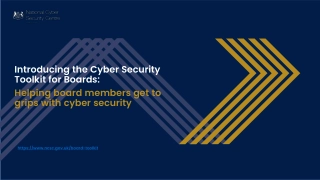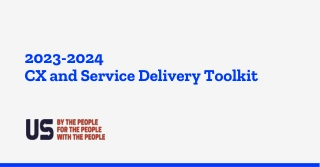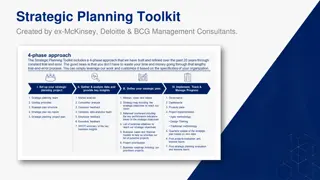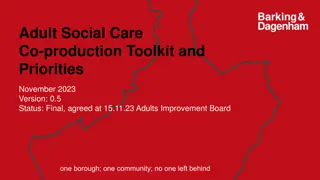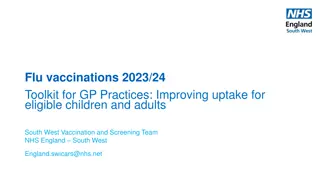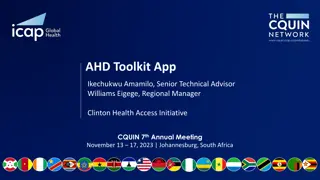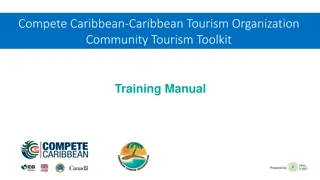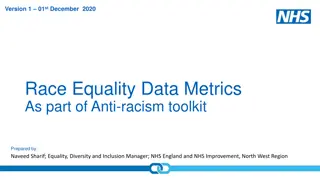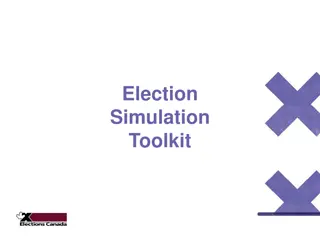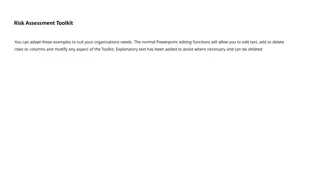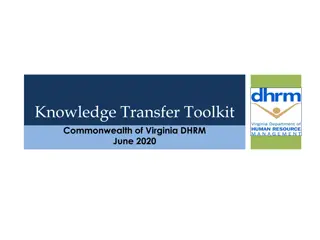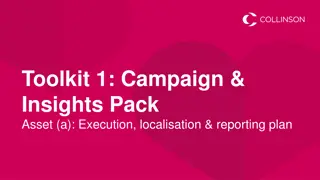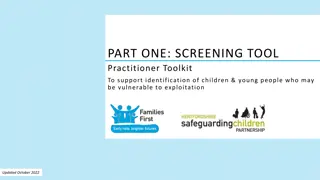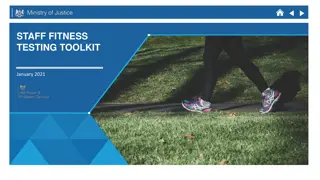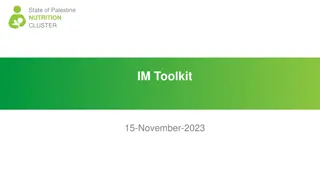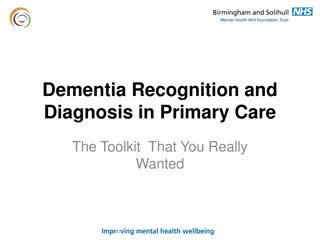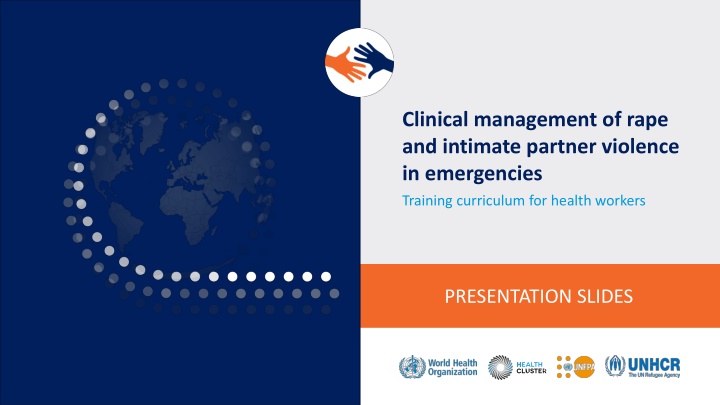
Clinical Management of Rape and Intimate Partner Violence: Training Curriculum for Health Workers
Learn about identifying and responding to intimate partner violence (IPV) in emergency situations through this comprehensive training curriculum for health workers. Explore session objectives, when to ask about IPV, identifying partner violence, clinical inquiry signs and symptoms, and more.
Download Presentation

Please find below an Image/Link to download the presentation.
The content on the website is provided AS IS for your information and personal use only. It may not be sold, licensed, or shared on other websites without obtaining consent from the author. If you encounter any issues during the download, it is possible that the publisher has removed the file from their server.
You are allowed to download the files provided on this website for personal or commercial use, subject to the condition that they are used lawfully. All files are the property of their respective owners.
The content on the website is provided AS IS for your information and personal use only. It may not be sold, licensed, or shared on other websites without obtaining consent from the author.
E N D
Presentation Transcript
Clinical management of rape and intimate partner violence in emergencies Training curriculum for health workers PRESENTATION SLIDES
Session 6. Identifying and responding to IPV 6.2
Session objectives Objective 3: Demonstrate clinical skills appropriate to one s scope of practice to respond to sexual assault and IPV Competencies: Understand the minimum requirements that need to be in place for a health worker to be able to identify and respond appropriately to IPV Recognize the signs and symptoms that suggest IPV in a variety of care encounters, including in reproductive health and mental health consultations Demonstrate appropriate ways to ask about IPV 6.3
When to ask about IPV Only where visual and auditory privacy are assured Only when a system for providing first-line support is in place WHO does not recommend universal screening for IPV Only if you have been trained and have competency in disclosure response and psychological first aid Only in tandem with sharing any limits on confidentiality or mandatory reporting obligations 6.4
Identifying partner violence Clinical inquiry is recommended Providers are advised to hold a low threshold for inquiry as answers can improve diagnosis and treatment of a range of issues Printed information on partner violence and resources for the survivor to take home can be helpful 6.5
Clinical inquiry: signs and symptoms Injuries that are recurrent and/or not well explained Repeat STIs and/or unwanted pregnancies Unexplained, ongoing anxiety, insomnia or depression Partner is intrusive or dominating during appointments Repeated health consultations with no clear diagnosis; common somatic issues such as chronic headaches or gastrointestinal distress without other cause Often misses health-care appointments Emotional and/or behavioural problems 6.6
When to ask about IPV in the midst of crisis Remember! Do noharm Asking about IPV and inviting disclosures when neither you nor nearby resources have the ability to provide first-line support can do more harm than good But, asking about suspected IPV and providing the first three steps of LIV(ES) only requires 5 10 extra minutes 6.7
Asking about violence Raise the topic indirectly Is everything OK at home? Do you feel safe where you are staying? 6.8
Asking about violence ? If the client gives an indication that it is OK to proceed, ask direct questions, such as: Are you afraid of your intimate partner? Has your intimate partner ever threatened to hurt you or your children? Has your intimate partner forced you to have sex? Has your intimate partner forced you to have sex without contraception (e.g. condom or birth control)? Does your intimate partner prevent you from having money or going places? Has your intimate partner ever threatened to kill you? 6.9
Asking about violence Remember! Never pressure someone into disclosing violence If you suspect violence, but the patient denies any trouble, move the visit along: Treat the reasons the patient came to the clinic Offer general information about IPV and local resources Offer a follow-up visit related to her primary complaint 6.10
Special considerations for accompanied patient Patients experiencing IPV may be accompanied by the partner who is perpetrating violence Be alert to body language Create opportunities for the patient to share information without the knowledge of the person accompanying them For additional information and guidance see: Responding to children and adolescents who have been sexually abused: WHO clinical guidelines (2017).1 6.11
Tips and tricks for creating privacy with accompanied patients Request a urine sample and ask the accompanying adult to fetch some drinking water Ask the accompanying adult to go to registration, the pharmacy or another auxiliary service What are some tips and tricks from your own professional experience? 6.12
Summary protocol Identify partner violence 1 First-line support: Listen, Inquire, Validate Job aids can be found in: WHO VAW Clinical Handbook (IPV specific),2 p. 38 Web Annex B. Participant job aids (Job aid 6a) 2 Assess mental/emotional state 3 Care for health conditions that brought her to health facility 4 5 First-line support continued: enhance safety; support and refer for other services needed Plan for follow-up care 6 6.13
Exercise 6.1a Demonstration: Asking about IPV 6.14
Exercise 6.1b Role play on identification of IPV Ensure each person in your group has an opportunity to play the role of the provider When not actively involved in the role play, observe closely and share constructive feedback with your colleagues Practise active listening 6.15
Session 6: Thats a wrap! Partner violence is identified by staying attentive to possible clinical cues First, ask general questions Ask about violence compassionately, without judgement Many survivors will not disclose; even so, providers play an important role in providing information and building trust Skills for identifying or asking will improve with practice 6.16
Reference 1. Responding to children and adolescents who have been sexually abused: WHO clinical guidelines. Geneva: World Health Organization; 2017 (https://iris.who.int/handle/10665/259270). Licence: CC BY-NC-SA 3.0 IGO. 2. Health care for women subjected to intimate partner violence or sexual violence: a clinical handbook. Geneva: World Health Organization; 2014 (https://iris.who.int/handle/10665/136101).

